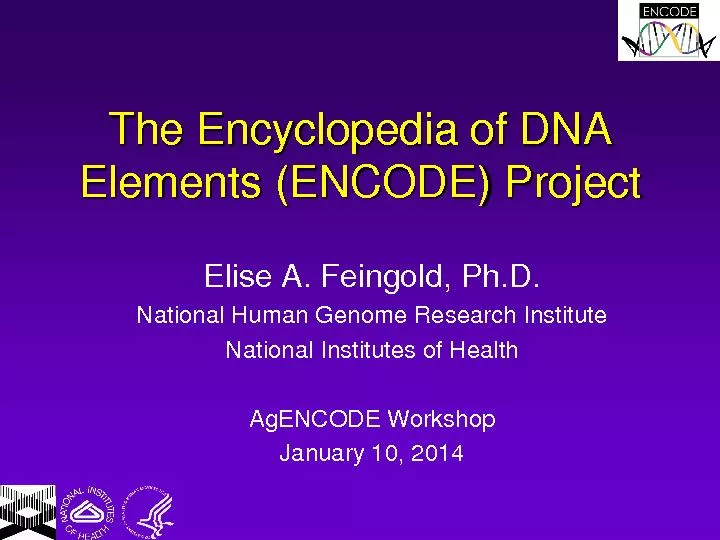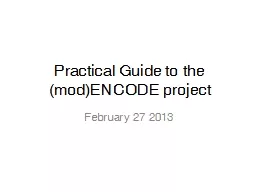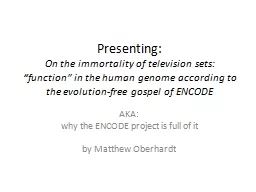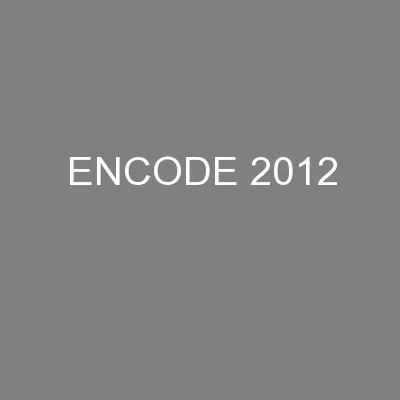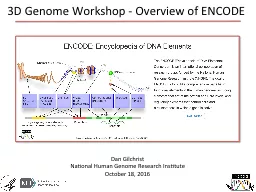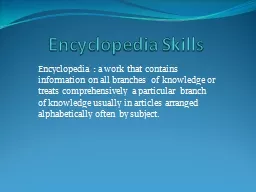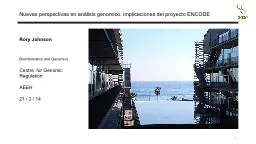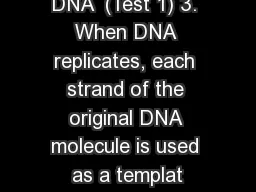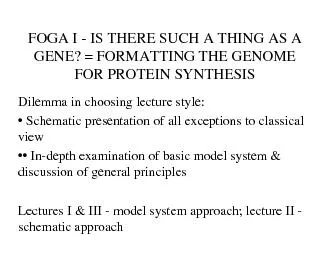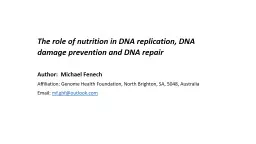PDF-The Encyclopedia of DNA Elements (ENCODE) ProjectElise A. Feingold, Ph
Author : myesha-ticknor | Published Date : 2016-03-20
How can we 147read148 thehuman genome sequenceGenetic code but no genomic codeEvolutionary conservation helps to identify functionally important regions5 conserved
Presentation Embed Code
Download Presentation
Download Presentation The PPT/PDF document "The Encyclopedia of DNA Elements (ENCODE..." is the property of its rightful owner. Permission is granted to download and print the materials on this website for personal, non-commercial use only, and to display it on your personal computer provided you do not modify the materials and that you retain all copyright notices contained in the materials. By downloading content from our website, you accept the terms of this agreement.
The Encyclopedia of DNA Elements (ENCODE) ProjectElise A. Feingold, Ph: Transcript
Download Rules Of Document
"The Encyclopedia of DNA Elements (ENCODE) ProjectElise A. Feingold, Ph"The content belongs to its owner. You may download and print it for personal use, without modification, and keep all copyright notices. By downloading, you agree to these terms.
Related Documents

